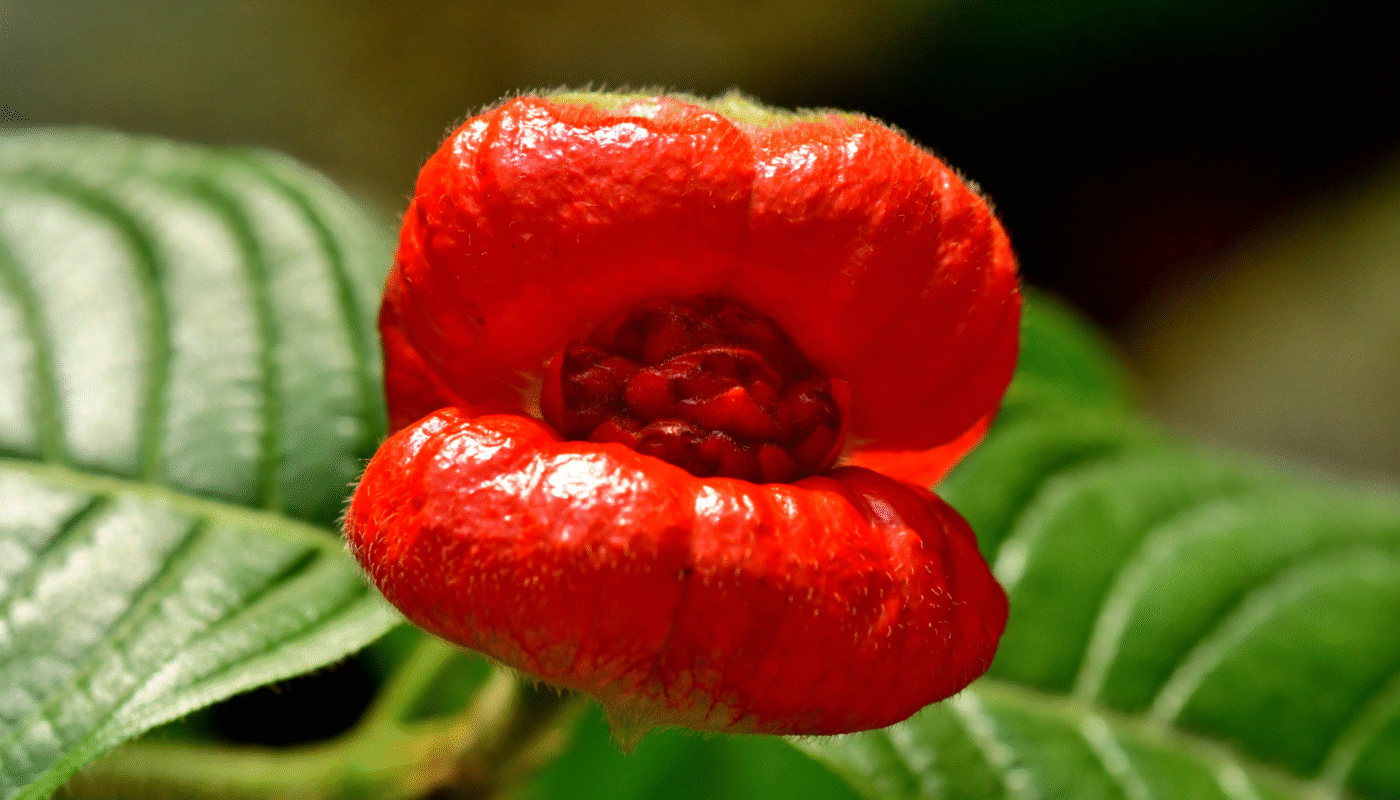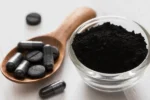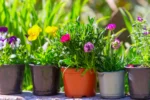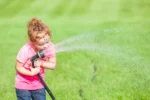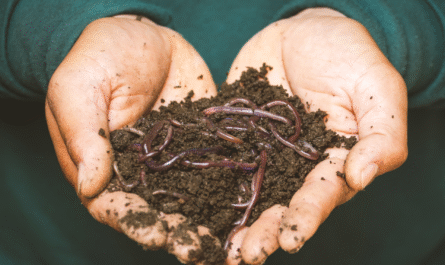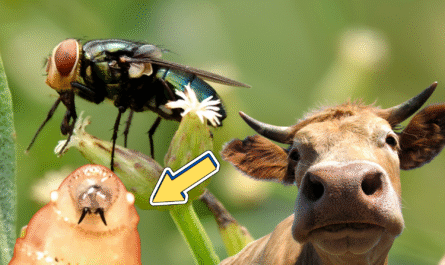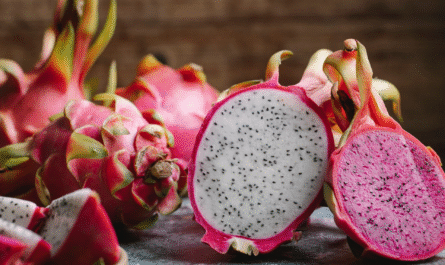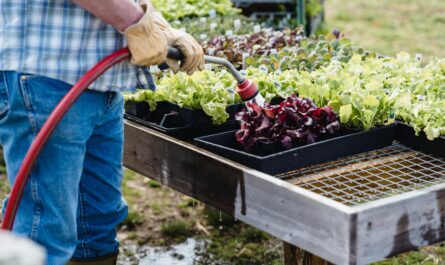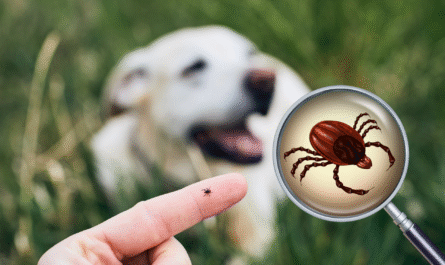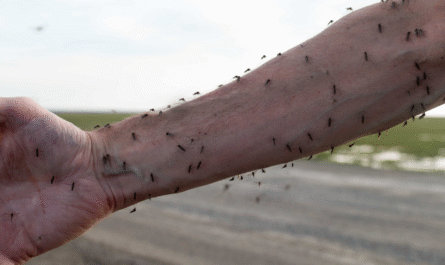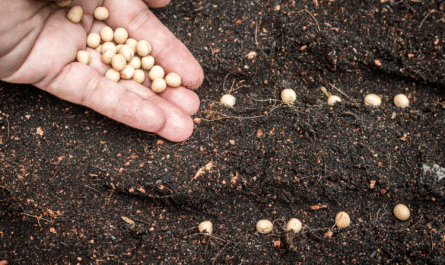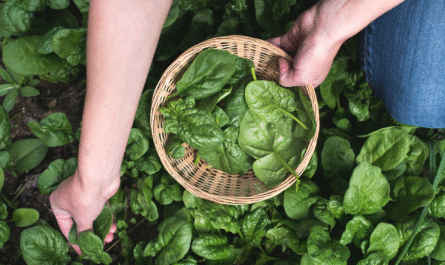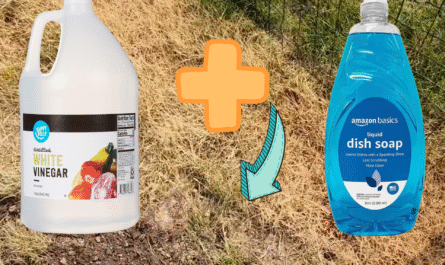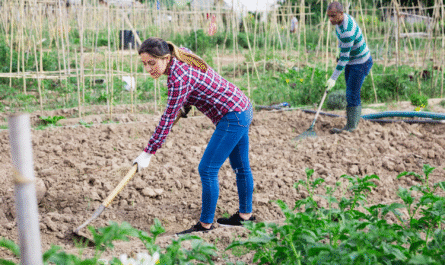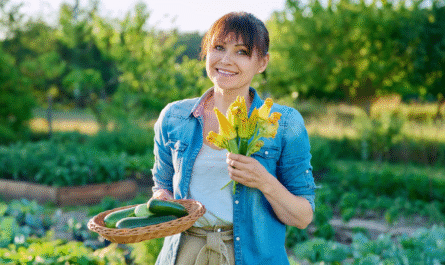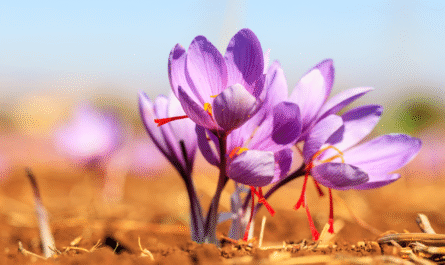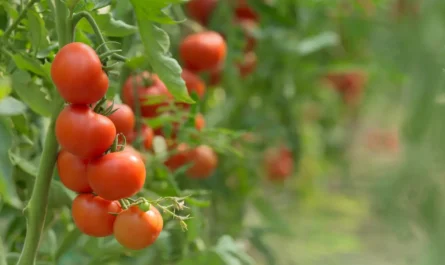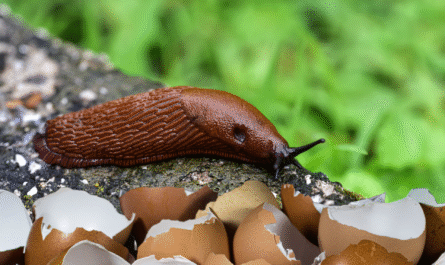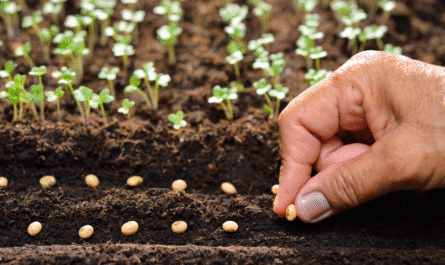As a horticulturist and garden consultant, I’ve seen countless people unknowingly introduce danger into their backyards.
It’s easy to get carried away with the aesthetics of a plant, the lush foliage, delicate flowers, or the allure of an exotic name. But beauty can be deceiving.
Some of the most stunning plants are also highly toxic. They can pose a serious risk to children, pets, and even adults who simply brush against them or handle them improperly.
Here are seven plants I strongly advise against growing in your garden due to their toxic properties.
1. Angel’s Trumpet (Brugmansia)
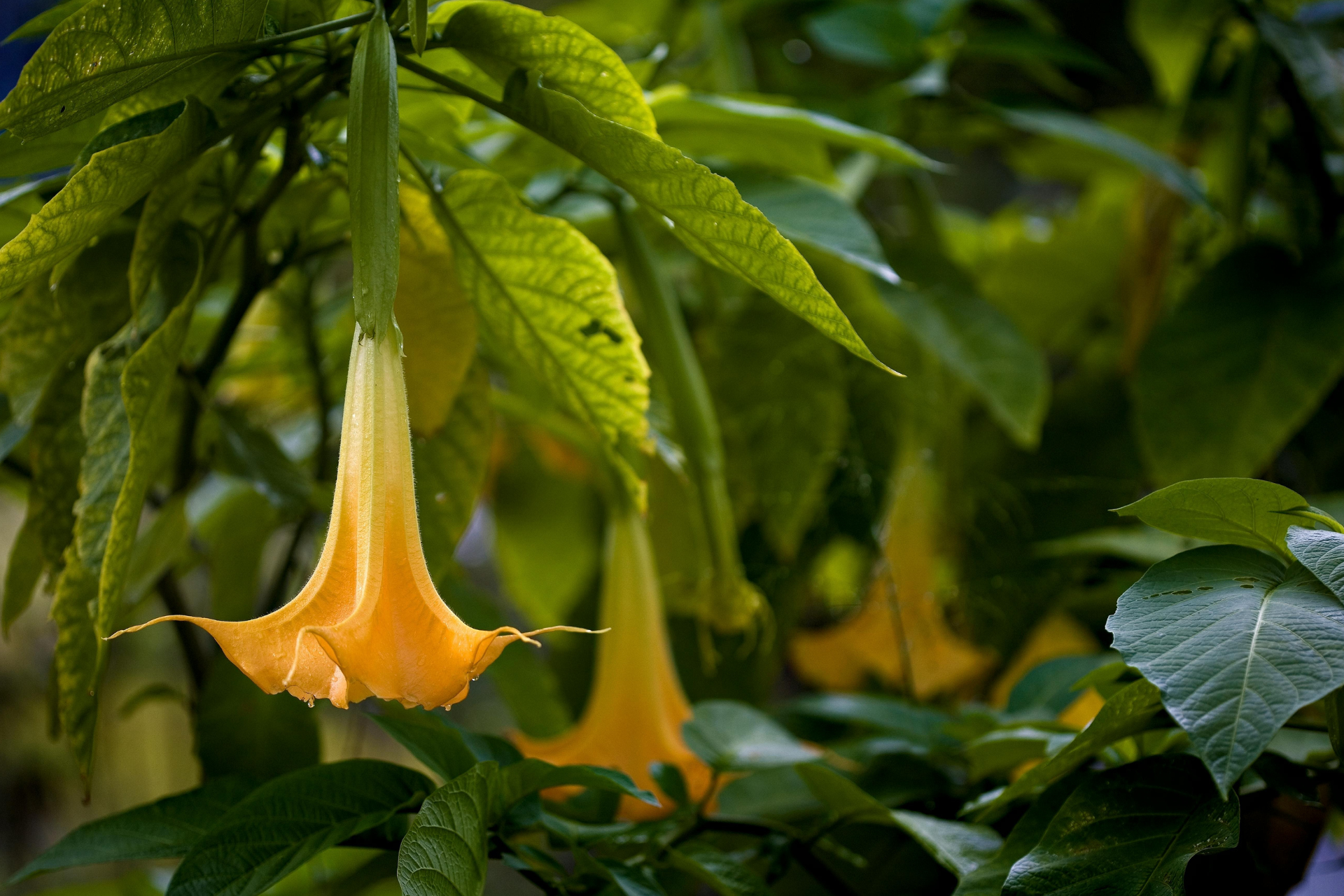
Angel’s Trumpet is a showstopper. Its large, pendulous trumpet-shaped flowers in hues of white, yellow, pink, or peach can transform any garden into a tropical dreamscape. But every part of this plant, from root to bloom, is toxic.
Toxic Components:
Angel’s Trumpet contains tropane alkaloids like scopolamine and atropine, which are highly poisonous. Even small doses can cause hallucinations, paralysis, and death.
Why It’s Dangerous:
Ingestion, especially by children or pets, can lead to a medical emergency. Even handling the plant and then touching your eyes or mouth can lead to adverse reactions.
Safer Alternative:
If you love the tropical look, consider planting hibiscus or mandevilla instead. Both offer vibrant flowers without the toxicity risk.
Also Read: 7 Longest-Living Fruit Trees to Grow in Your Garden for a Lifetime of Produce
2. Foxglove (Digitalis purpurea)
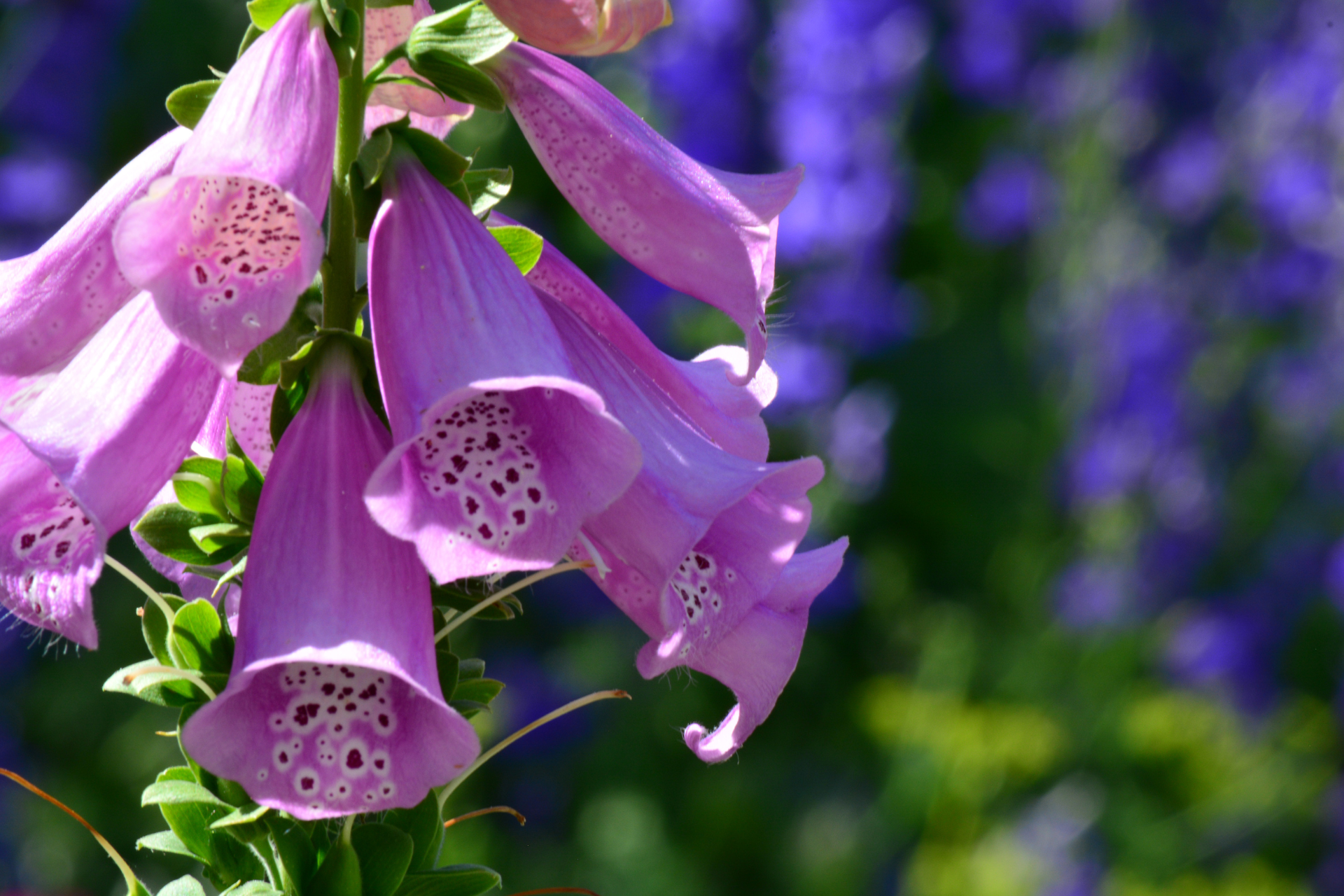
Foxglove’s tall, spiky flowers are a magnet for bees and hummingbirds. Its tubular blooms look charming in cottage gardens. But don’t let the beauty fool you.
Toxic Components:
Foxglove contains cardiac glycosides, compounds that affect heart function. Ingesting even a small amount can cause irregular heartbeat, dizziness, and vomiting.
Why It’s Dangerous:
Children are especially at risk, drawn by the plant’s inviting bell-shaped flowers. Accidental ingestion can be fatal. Gardeners often overlook the risk when cutting flowers for indoor arrangements.
Safer Alternative:
Consider growing penstemon or snapdragons. Both mimic foxglove’s aesthetic without the toxic punch.
3. Common Rue (Ruta graveolens)
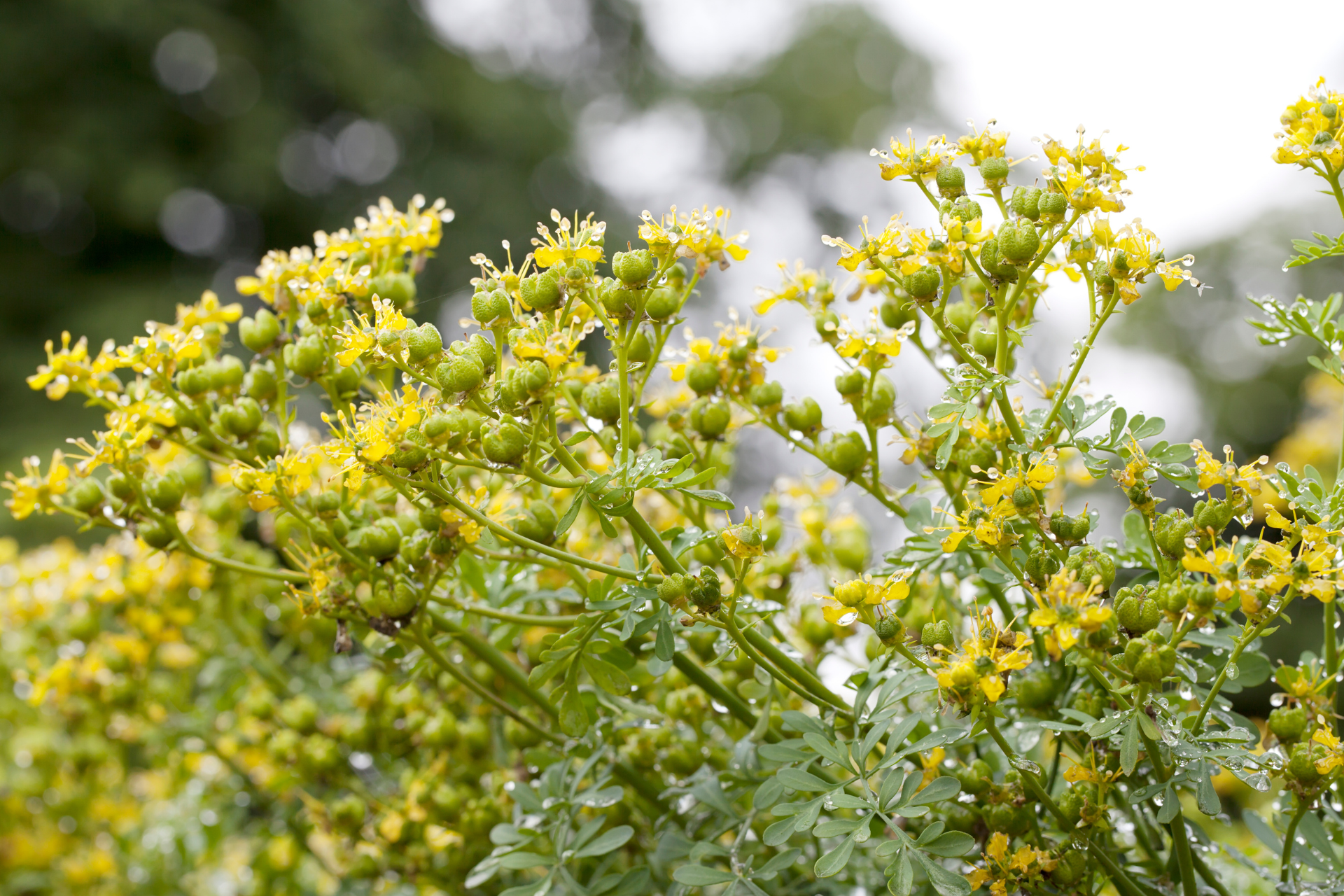
Common Rue might appeal to herb gardeners or those interested in traditional medicine. Historically, it’s been used in folk remedies and even cooking. But here’s the truth: Rue is a dangerous choice for the modern garden.
Toxic Components:
Rue contains furanocoumarins and alkaloids. These compounds can cause severe skin irritation, blistering, and phototoxic reactions (skin burns when exposed to sunlight after contact).
Why It’s Dangerous:
Handling the plant without gloves, especially on a sunny day, can lead to painful chemical burns. Rue also emits a strong odor that some find unpleasant.
Safer Alternative:
Opt for lavender or rosemary instead. Both are safe, aromatic, and far more suitable for home gardens.
4. Lily-of-the-Valley (Convallaria majalis)
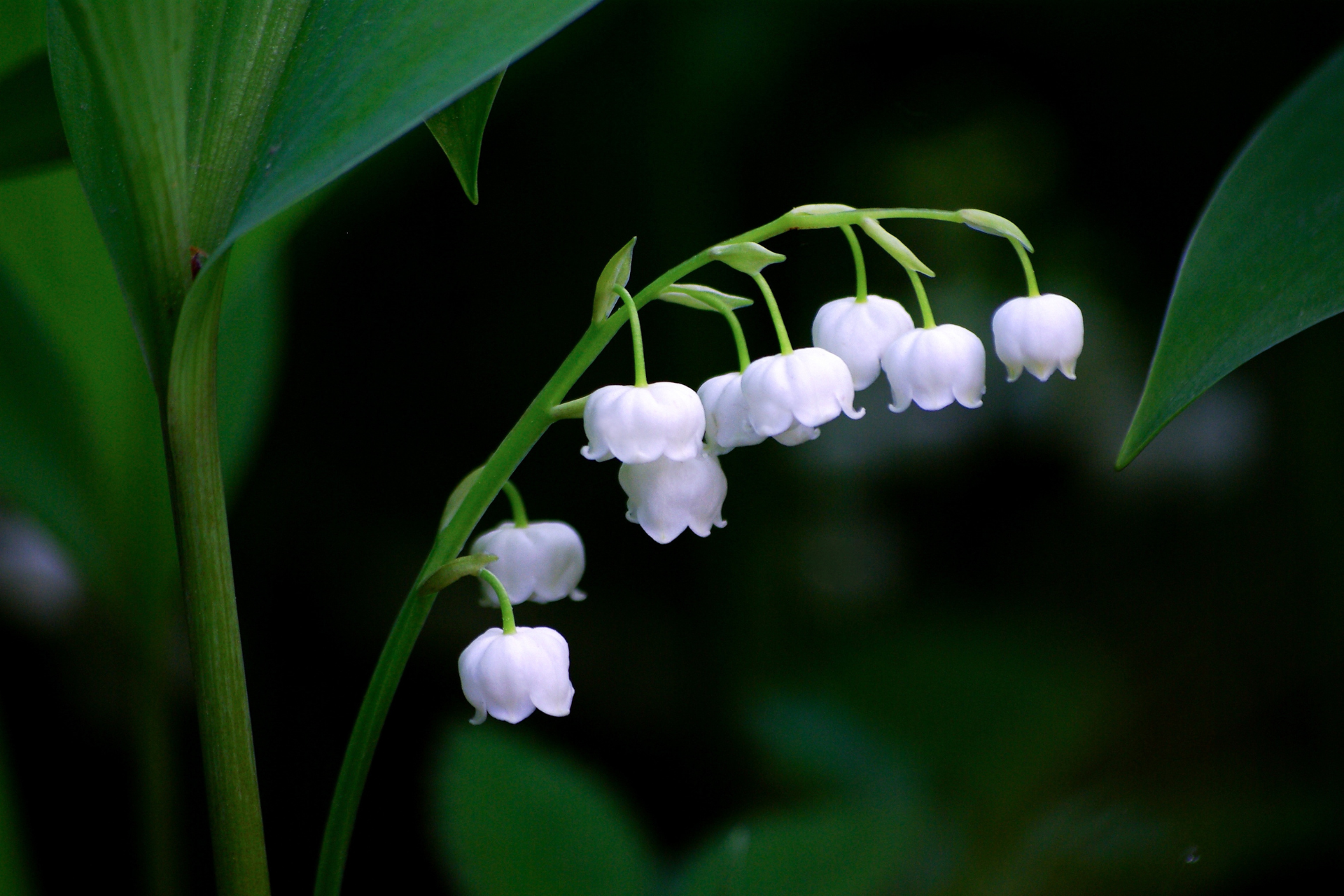
Few flowers are as innocent-looking as Lily-of-the-Valley. Its small, white, bell-shaped flowers and sweet fragrance make it a popular choice. But it’s one of the most toxic plants you can grow.
Toxic Components:
The plant contains cardiac glycosides similar to those in foxglove. Ingesting even a few berries or leaves can disrupt heart rhythms.
Why It’s Dangerous:
Its small size and pleasant smell make it particularly deceptive. Children and pets are the most likely victims. Additionally, water from a vase containing Lily-of-the-Valley can be toxic.
Safer Alternative:
Snowdrops or star-of-Bethlehem offer a similar delicate aesthetic with fewer risks.
5. English Ivy (Hedera helix)
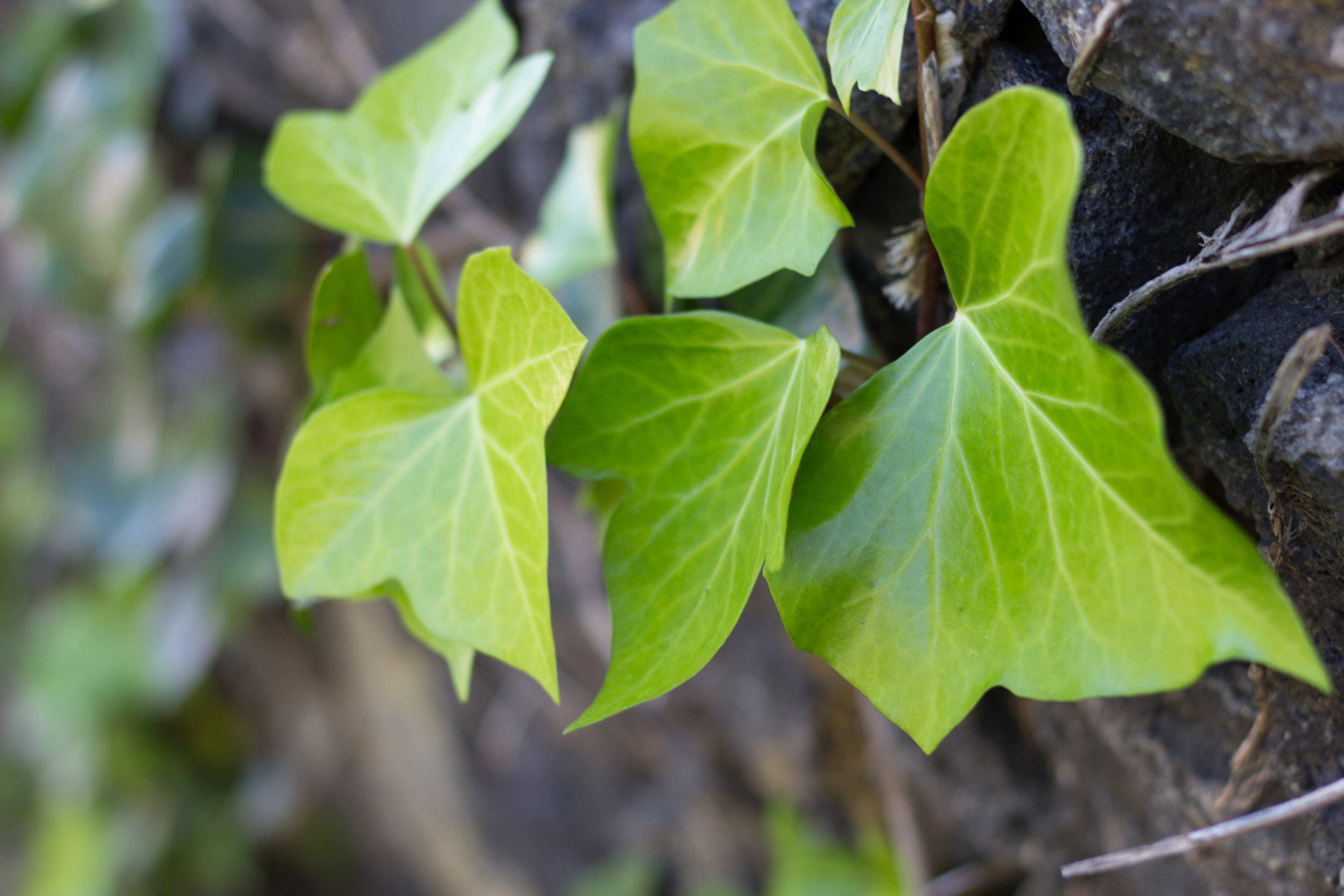
English Ivy is a common groundcover and climber, especially in older estates and traditional landscapes. It looks refined, but this vine is problematic both environmentally and medically.
Toxic Components:
English Ivy contains saponins and polyacetylene compounds that can cause skin irritation and, if ingested, gastrointestinal distress.
Why It’s Dangerous:
The leaves and berries are toxic to humans and animals. The sap can cause dermatitis, especially in sensitive individuals. Plus, its aggressive growth can damage structures and choke out native plants.
Safer Alternative:
Try creeping thyme or Virginia creeper for ground cover. Both are less invasive and non-toxic.
6. Oleander (Nerium oleander)
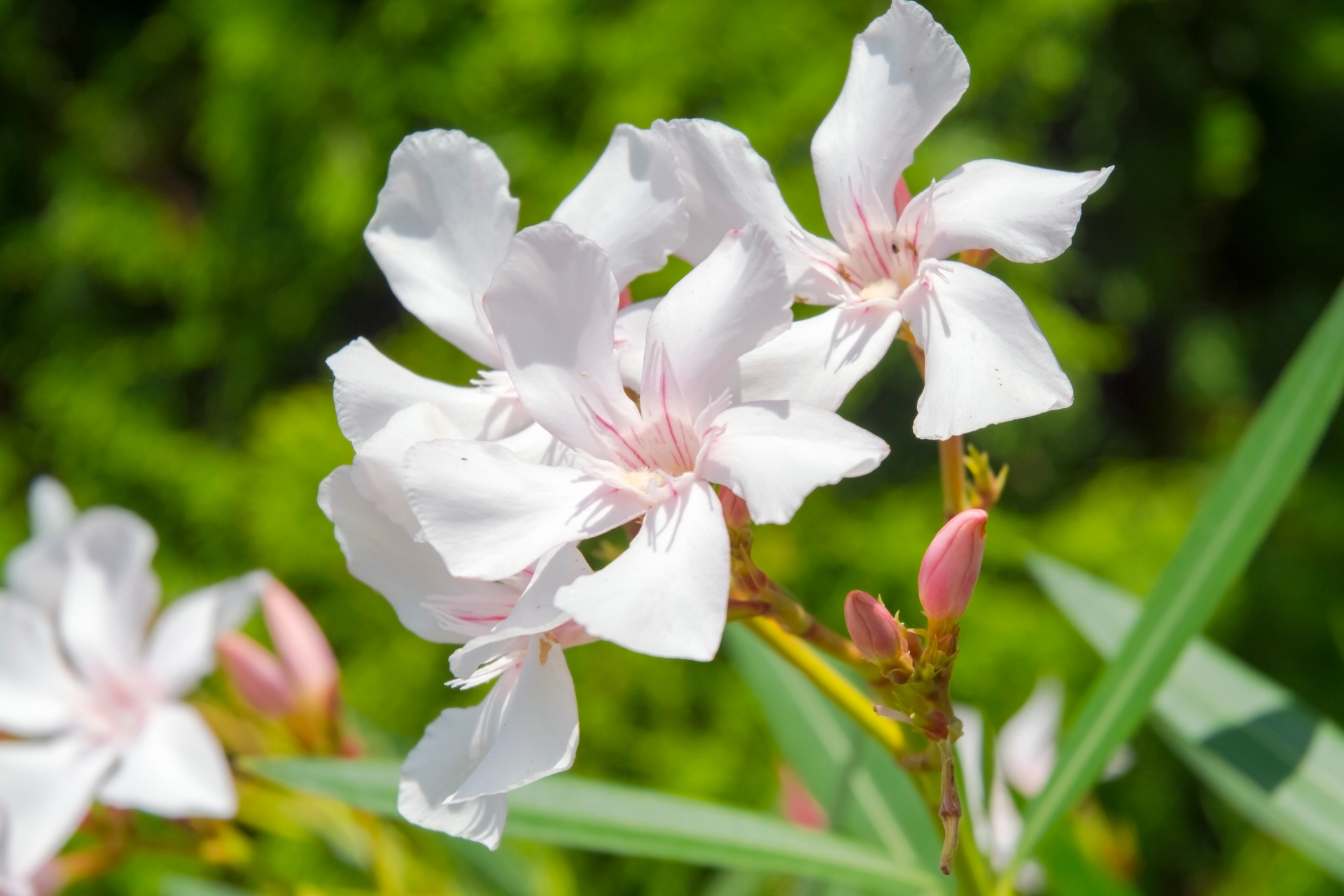
Oleander is often used in warm climates for its hardiness and prolific flowering. But it’s one of the most toxic ornamental plants on earth.
Toxic Components:
All parts of the oleander plant contain cardiac glycosides. Even inhaling smoke from burning oleander can be deadly.
Why It’s Dangerous:
It doesn’t take much to cause poisoning. Children chewing on a leaf or a pet ingesting any part can be fatal. Even garden trimmings left where animals can reach them are hazardous.
Safer Alternative:
For similar structure and flower power, consider hibiscus or bottlebrush plants.
7. Monkshood (Aconitum napellus)
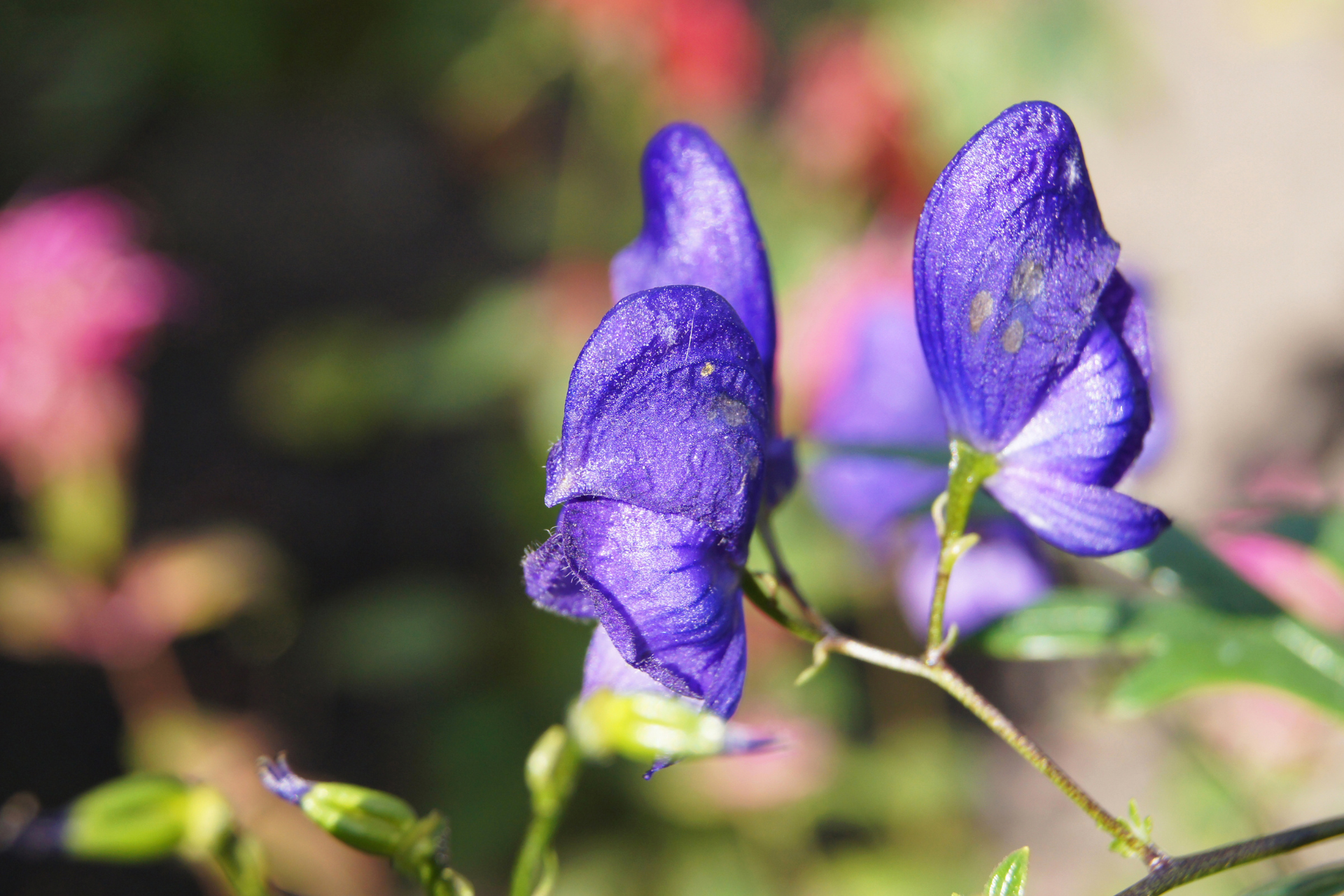
Monkshood, also known as wolfsbane, is undeniably striking. Its deep blue to purple flowers are unique and eye-catching. But it’s one of the deadliest plants you can grow.
Toxic Components:
The plant contains aconitine, a potent neurotoxin. It can be absorbed through the skin, inhaled, or ingested.
Why It’s Dangerous:
Even touching the plant with bare skin can lead to numbness and cardiac issues. Ingesting it can cause paralysis and death within hours. It was historically used as a poison on spears and arrows.
Safer Alternative:
Delphiniums offer a similar look with less risk, though they, too, should be handled with care.
Final Thoughts
Gardening is about creating a sanctuary, not a hazard. While many toxic plants are stunning, the risks often outweigh the rewards.
As a professional, I always advise clients to weigh aesthetics against safety, especially if children, pets, or elderly family members are part of the household.
If you already have any of these plants in your garden, consider replacing them with safer alternatives. And always wear gloves when handling unfamiliar plants, wash your hands afterward, and label everything clearly.

